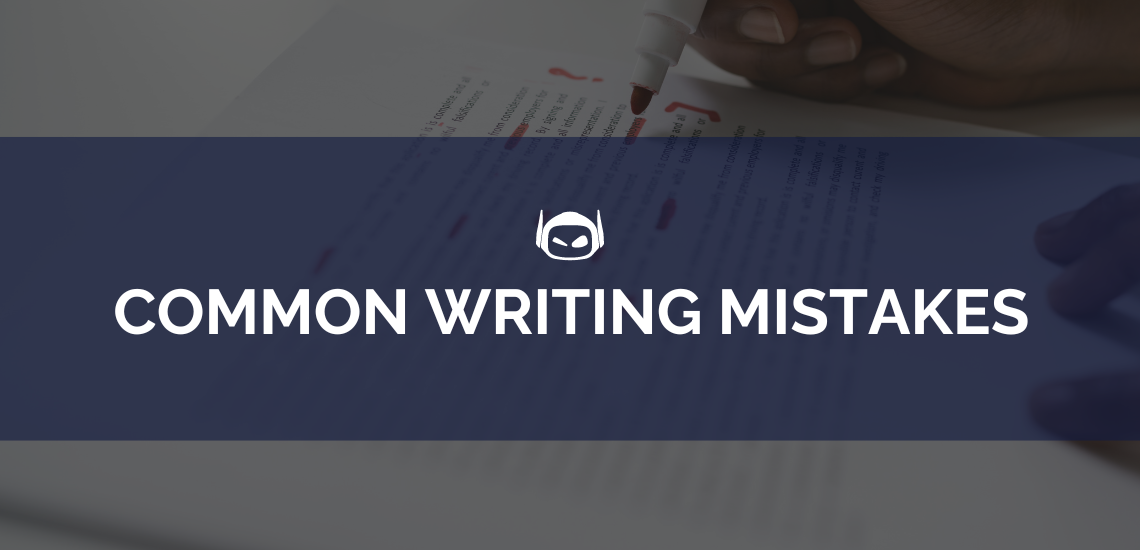
Mastering the art of writing can be an arduous task,...

Tired of the daily commute to work? Sick of having...

General Guide About Content and Writing
With the massive boom in AI and more AI text...

Step-by-Step Instructions for Writing
Think of the abstract as the shop window of your...